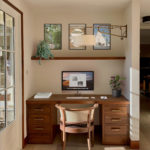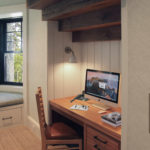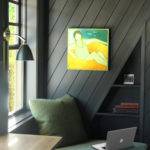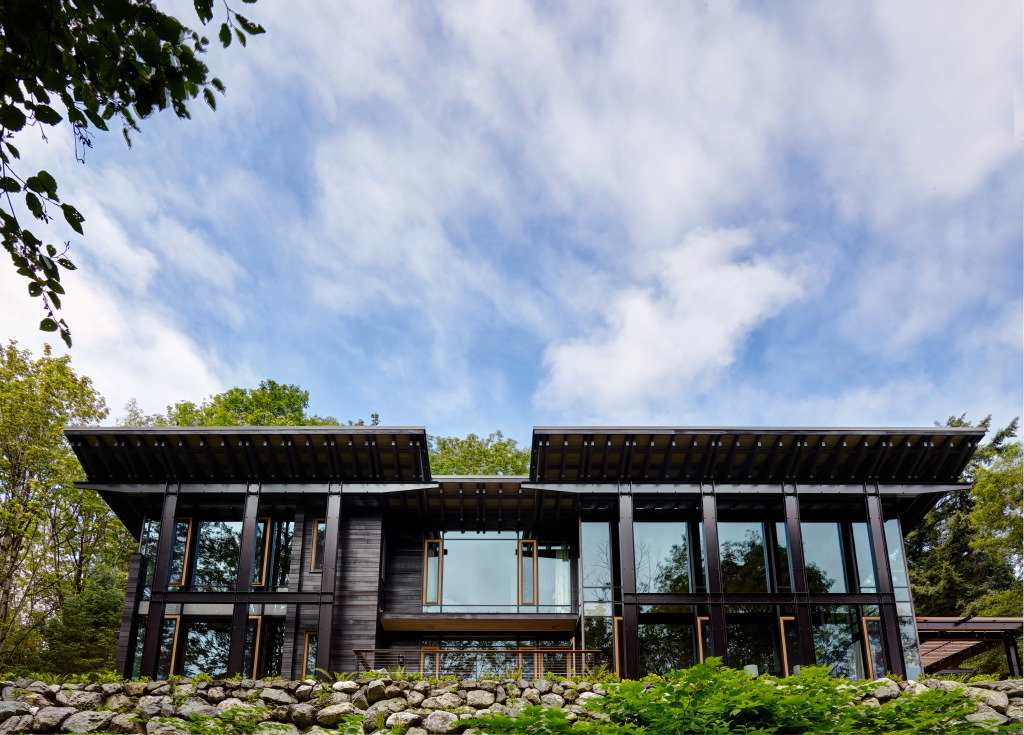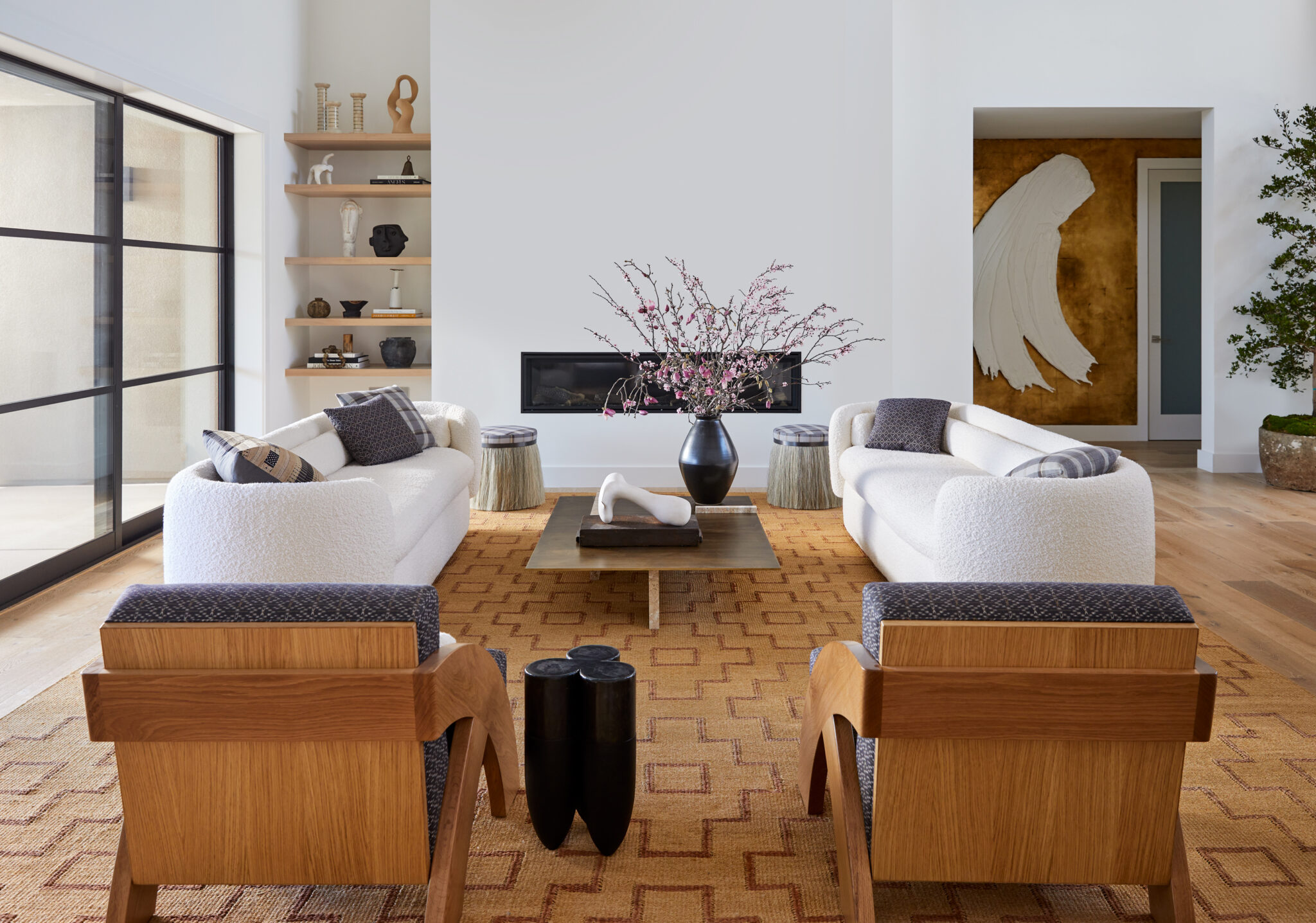Nooks, Crannies and Home Carrels
Author:Lindsey ShookWest Coast Director of Ike Kligerman Barkley, Carl Baker, shares tips for creating out personal escapes of forgotten spaces

“You may remember a place carved out of the spaces that you grew up in, where you staked out a semi-private place for yourself in a busy home shared with siblings and parents. When I was young, that spot was an uninsulated attic gable that had a small window at floor level, and the time spent there on a hot and humid northeast summer evening was worth the privacy; in my teens I took over a garden shed. Both of these spaces were left-over and less than ideal, but provided enough opportunity for personalization and enough room to let my imagination and thoughts be un-hindered by the rest of the family.
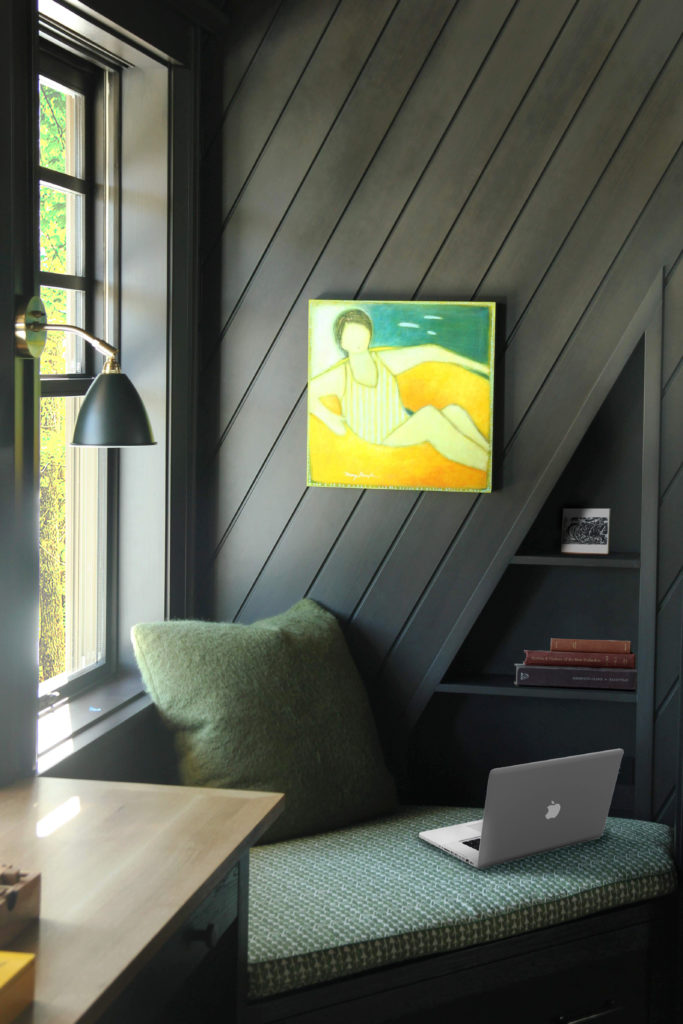
Out of necessity, some version of this scenario is playing out in many homes these days. During video meetings and on media posts I’ve recently seen all sorts of creatively used spaces in homes. One friend has been posting a series of images of his young kids contorted into various reading positions in unlikely locations around the house as they seek places to escape into the world of a book.
It seems that for a large number of people it is a strong possibility that the current work/school-from-home trend will be a permanent lifestyle change in some manner. And as I reflect on these improvised but effective re-uses of existing spaces I consider how they might be optimized to create a sufficient separation from the rest of the family, and provide a successful working space. Since the creation of a dedicated home office isn’t always desirable or feasible, existing in-between and underutilized nooks and crannies may be the best opportunities for creating these places.
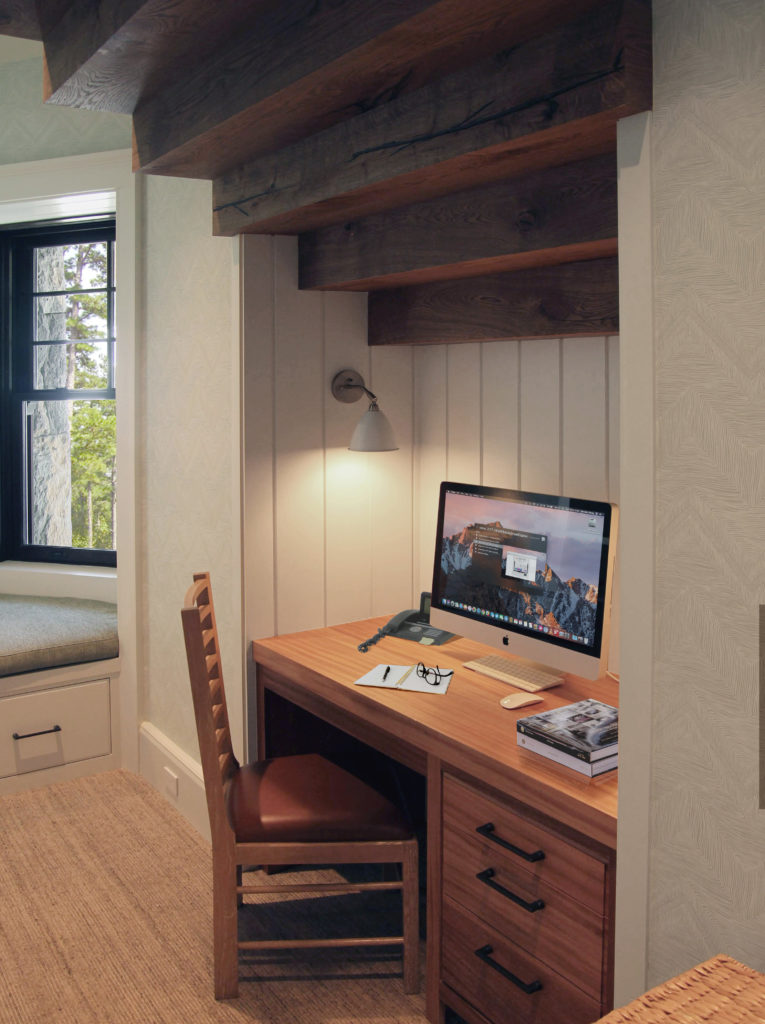
In our remodel projects at IKB, we are always looking for these underutilized spaces that can be developed to further a home’s function. In our new ground-up construction projects we create opportunities to design a flexible use into an interstitial space, such as a part of a hallway that is between bedrooms, a space under a stairway, or a large bay off of a larger room. Aside from becoming highly functional and well-loved spaces on their own, at times these nooks make use of interior spaces created by the exterior forms of our buildings; and sometimes the addition of a well-placed window or small dormer can make what was a transition or storage space into a work-from-home destination.
It’s possible that this could be a watershed moment where we re-think how housing is designed to accommodate both working and schooling partly from the home: will there be a larger-scaled paradigm shift and opportunity to re-examine ideas like Corbusier’s Maison Dom-ino construction type, which permitted a highly flexible interior partitions system within a structure that would allow for the changing needs of a family? Will the ubiquitous open-plan-concept lose favor to more traditional design, with smaller but more private rooms for separate uses? Perhaps a new type of room will emerge in homes such as a family-sized version of a library’s study carrel arrangement. Or, quite possibly, the solutions will be less impactful, and households will just adapt by integrating work and school functions into areas with less specific boundaries—something as simple as an updated version of that 19th century invention, the roll-top desk, updated to accommodate today’s working implements and integrated into the furnishings of a contemporary dining or living room.
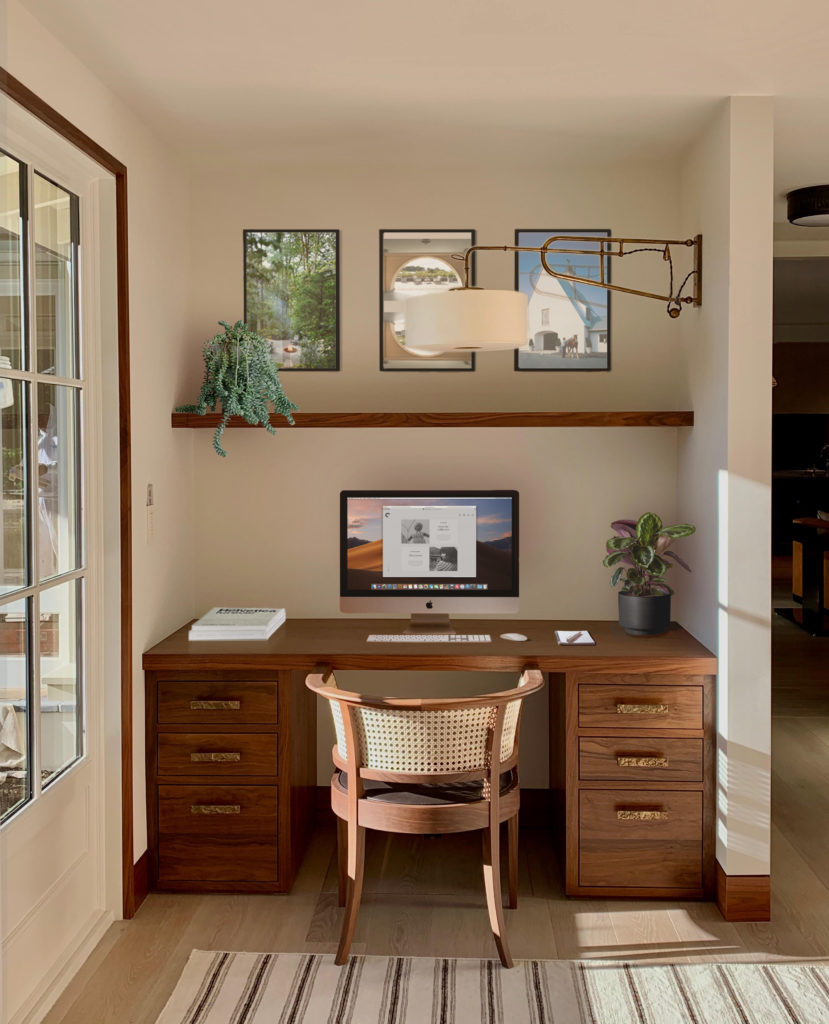
As ride-sharing apps and AirBnB previously shifted some commonly held notions of privacy, now, in just a few months, we’ve become accustomed to video conferencing with our colleagues from our dining tables or bedrooms while simultaneously juggling the needs of our roommates, partners, or children. We’ve all been surprised at how quickly these changes have happened, but as we struggle to adapt to new constraints and uncomfortable work-from-home situations, we can at least look toward design for solutions and opportunities, for that small leftover space that may provide just what is needed.” – Carl Baker


